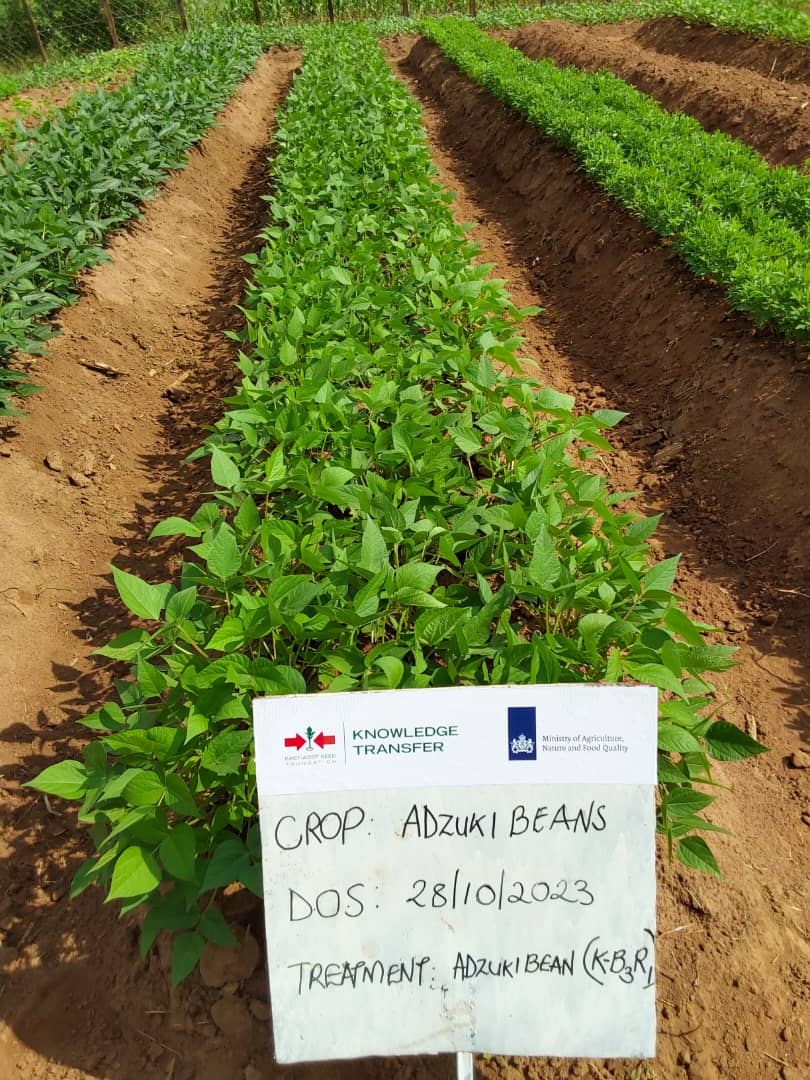
Green manure crops at the study site in Lira, Uganda.
Context and Project Objective
Like many emerging economies, India and Uganda have been grappling with challenges pertaining to food security, nutrition, and incomes, with rural communities most affected. In some countries, vegetable-based cropping systems have been used to tackle these issues. However, vegetable productivity is generally low in these two nations. Intensive agriculture has depleted soil nutrients, and improper use of chemical fertilizers and pesticides has further degraded the land.
Within this context of poor soil conditions, fertilizers are critical to farmers’ ability to maintain and increase food production. At the same time, higher prices for chemical fertilizers, due in part to pandemic-related supply chain disruptions and the war in Ukraine, have made it difficult for farmers to purchase sufficient quantities of the fertilizers they need.
These challenges call for restoring soil health through resilient (and regenerative) agriculture, including viable alternatives to chemical fertilizers that are affordable for smallholder farmers.
One solution is to utilize green manure crops. Green manure consists of cover crops (mainly legumes) that are grown specifically for building and maintaining soil fertility and structure. They are generally incorporated back into the soil, either directly or after removal and composting. Green manure can provide an affordable way for smallholder farmers to add organic matter and key nutrients like nitrogen to the soil, restoring soil fertility. Once the soil becomes responsive to mineral fertilizer again, a combination of leguminous crop rotations, manure use, and chemical fertilizer should provide stable and sustained crop yields even under changing climate conditions.
It is expected that adopting green manure practices will alleviate the plight of smallholder farmers who are faced with rising fertilizer costs and increasing land degradation, allowing them to improve their vegetable production and income and enhance food security, while protecting the environment.
Expected Outcomes
EWS-KT Partners
Funding partners: Dutch Ministry of Agriculture, Nature and Food Quality
Implementing partner: Wageningen University & Research (WUR)
Project Period
1 May 2023 – 1 May 2025
Location
India: Odisha and Assam
Uganda: West Nile and Northern Region